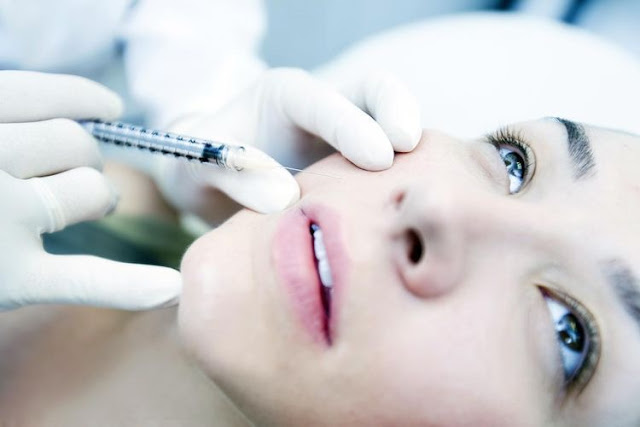THE REAL DEBATE: Fat vs Filler
Let’s face it: you want to look and feel your best. But as the aging process marches forward, you’re finding it harder and harder to fight those deep wrinkles and looking tired all the time.
FAT GRAFTING VS. HYALURONIC ACID FILLERS
A major component of facial aging is the loss of facial volume in the form of fat. If you’re looking to reduce the appearance of wrinkles and restore lost facial volume, there are many treatment options you can look into. Two of the best include fat grafting and hyaluronic acid fillers. Both of these approaches can provide excellent results especially in the hands of a board certified plastic surgeon, however, it is vitally important that you understand the difference between the two to determine which approach is best for you. With this in mind, let’s explore the pros and cons of both fat grafting and fillers.
The pros of fat grafting include the following:
- Your own body fat represents the safest, most natural filler material available. Therefore, it makes the most sense to use fat from your own body to replace lost facial fat.
- Not only does fat restore lost volume but there is some evidence to suggest that stems cells found in fat injections provide a youthful effect on the appearance of the skin where the fat is injected.
- The fat that survives the injection process becomes living tissue giving a long lasting result than cannot be obtained with other fillers
- As fat must be harvested from your own body, this procedure allows the opportunity to produce an overall improved body contour removing stubborn areas of fat deposits
- The long-term costs associated with maintaining the volume are less with fat grafting compared to hyaluronic acid fillers.
The cons of fat grafting include the following:
- Fat grafting procedures most often involve surgery with some amount of anesthesia.
- The short-term costs exceed those of using synthetic fillers.
- Fat grafting is associated with a longer downtime due to bruising and swelling compared to synthetic fillers
- Risks can include lumps and irregularities with fat grafting which can be more difficult to treat compared to hyaluronic acid fillers.
- Fat grafting requires surgery on another part of the body which introduces the same risks, although minimal, of body liposuction.
THE PROS AND CONS OF HYALURONIC ACID FILLERS
The pros of hyaluronic acid fillers include the following:
- Restylane and Juvederm, the two most popular hyaluronic acid fillers, have an excellent track record in terms of patient safety. Additionally, these fillers can produce soft, very natural results.
- A typical treatment requires only topical anesthesia and can be performed in-office within a short span of time.
- Although bruising and swelling is still possible, downtime is much reduced compared to fat injections and often there is no downtime at all!
- The short-term costs are much smaller than that of fat grafting.
- Hyaluronic acid injections are reversible; they can be dissolved quite quickly and safely with a simple injection of another substance.
The cons of hyaluronic acid fillers include the following:
- There is still a small risk of experiencing an allergic response that is nonexistent when using your own body fat.
- All fillers are temporary and require ongoing maintenance over time.
- Long-term costs of fillers can be prohibitive.



Good article, I’ve previously had fillers done to give me my definition back in my cheekbones. But may consider fat in the future, do you know any good surgeons. Thanks.
ReplyDelete